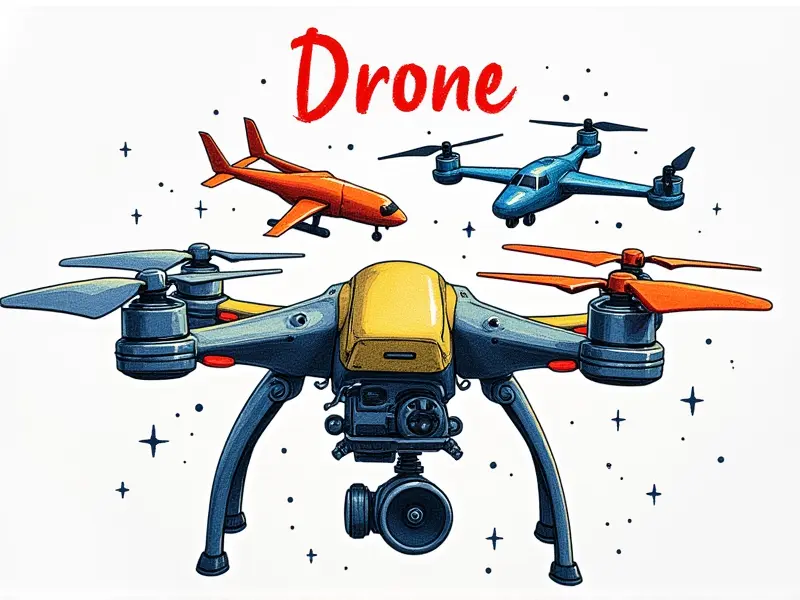How to track a drone

How to Track Your Drone Safely & Legally
Tracking your drone is crucial for both safety and legal compliance. Whether you're flying for recreational or commercial purposes, understanding the rules and regulations surrounding drone tracking can help prevent loss and ensure that you adhere to local laws.
- Safety: Avoid flying in restricted areas such as near airports or military installations.
- Legality: Check with your national aviation authority for specific requirements on drone tracking.
Top Apps for Tracking Drones in Real-Time
Several apps are available to help you track your drone's location and status. Here are some of the best options:
- DJI Fly App: Compatible with DJI drones, providing real-time tracking and flight data.
- Beyond Visual Line of Sight (BVLOS) Apps: Designed for commercial use, offering advanced features like automated alerts and geo-fencing.
GPS vs. Wi-Fi: Which is Best for Drone Tracking?
The choice between GPS and Wi-Fi tracking depends on your specific needs:
- GPS: Provides accurate location data over long distances, ideal for outdoor use.
- Wi-Fi: Offers real-time connectivity but is limited by range and availability of networks.
Essential Tips for Drone Recovery
Losing a drone can be frustrating and costly. Here are some tips to help you recover your lost device:
- Use GPS Coordinates: Save the last known location of your drone.
- Contact Local Authorities: Report your drone as missing to local police or aviation authorities.
Setting Up a Lost Drone Alert System
Prevention is better than cure. Setting up an alert system can help you locate and recover your lost drone quickly:
- Install Tracking Apps: Use apps that send alerts when the drone goes out of range.
- Create a Recovery Plan: Have a clear plan for what to do if your drone is lost or stolen.
The Future of Drone Tracking Technology
The future looks promising with advancements in technology such as:
- Battery Life Improvements: Longer-lasting batteries will enhance tracking capabilities.
- Satellite Integration: Enhanced GPS and satellite integration for better accuracy.
How to Choose the Right Drone Tracker
Selecting a tracker involves considering several factors:
- Battery Life: Ensure the tracker has sufficient battery life to cover your flight duration.
- Range and Coverage: Opt for trackers with wide coverage areas suitable for your flying environment.
Privacy Concerns with Drone Tracking Apps
While tracking apps provide valuable features, they can also raise privacy concerns. Be aware of the following issues:
- Data Security: Ensure that the app uses secure data encryption.
- User Privacy Settings: Customize settings to protect your personal information.
Maximizing Battery Life While Tracking Drones
To extend battery life, consider these tips:
- Select Efficient Trackers: Choose trackers designed for low power consumption.
- Optimize Usage Patterns: Adjust settings to minimize unnecessary data transmission.
Securing Your Drone: Tracking Made Simple
Making tracking simple and secure involves the following steps:
- Use Reliable Apps: Choose apps with a good reputation for security and reliability.
- Regular Updates: Keep your tracker software updated to benefit from new features and bug fixes.
Avoid Losing Your Drone with These Tracking Tips
Here are some additional tips to prevent losing your drone:
- Practice Regularly: Familiarize yourself with the tracking system before flying.
- Backup Batteries: Always carry extra batteries for extended flights.
Conclusion
Tracking your drone is essential to ensure safety, comply with regulations, and prevent loss. By choosing the right apps, understanding GPS vs. Wi-Fi tracking options, and implementing recovery strategies, you can enhance your flying experience while minimizing risks. Stay informed about new technologies and best practices to stay ahead in this rapidly evolving field.

